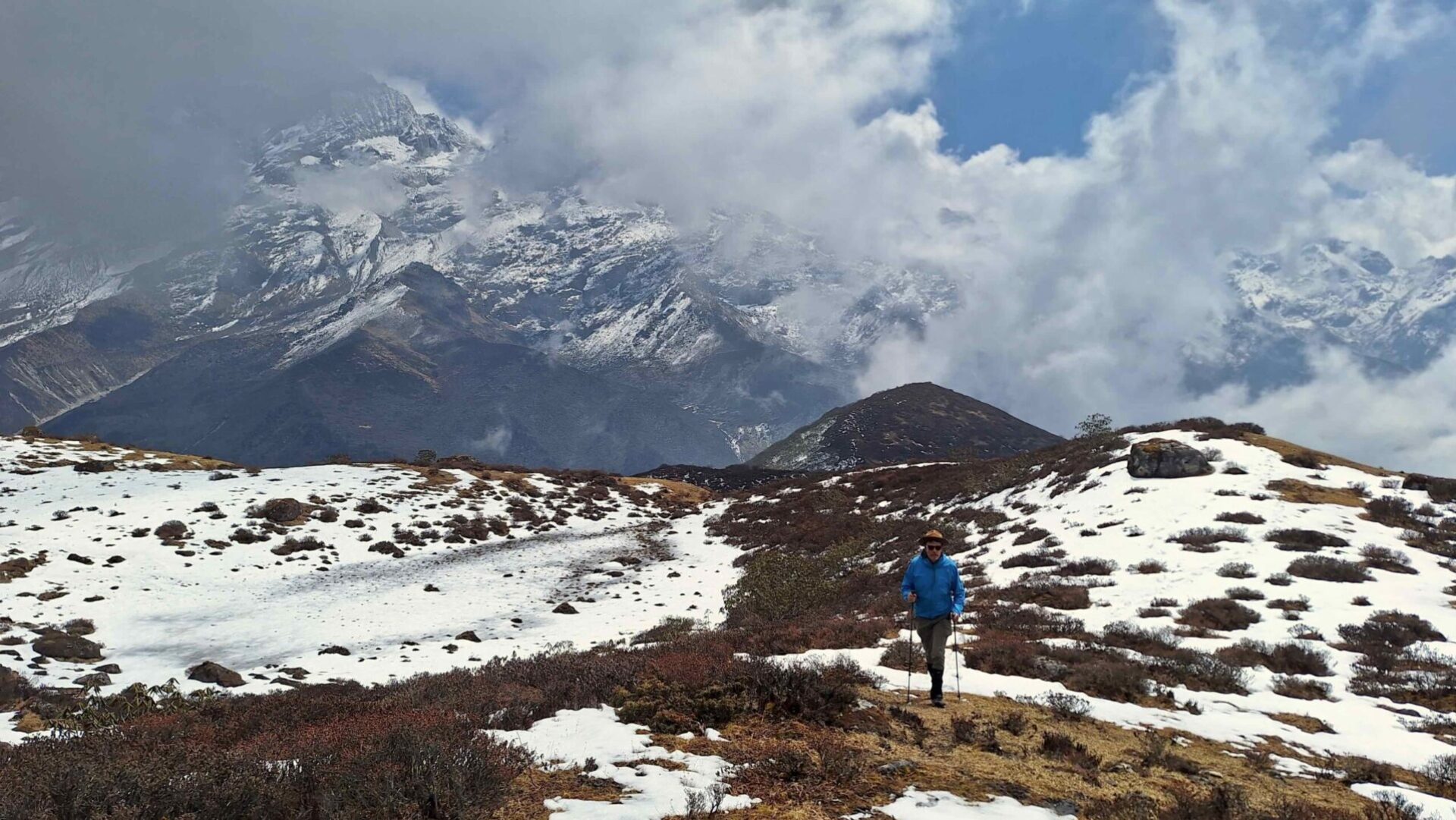Instant noodles, cup noodles, instant soups and breakfast mixes… that’s what one imagines would be some of the common fixtures for meals on treks. The humble vegetable pulao exceeds expectations, and something as regular as daal-chawal seems like a fine-dining luxury experience. However, this is the time when your body is the most in need of the right nutrition. When you are out in nature, walking for hours at end, climbing steep trails and braving fierce weather conditions, food choices become more than a matter of taste.
Your meals on treks have to account for your exertion levels in order to replenish all the energy expended during a day’s hike, and then some. This is imperative for maintaining healthy body weight and lean muscles mass as well as staying sharp. Get this: on high altitude climbs with an altitude in the range of 19,000 feet, trekkers can lose an average of 1 to 3 pounds of weight per week. This leads to a sudden drop in body fat, which can reduce tolerance to cold climatic conditions and trigger medical complications. The demands of moderate and easy treks may not be as extracting on the body, but the same principles of nutrition, replenishment and hydration apply.
Knowing that food can have a bearing on people’s physical as well as psychological health, we, at AntHill Adventures, have reinvented the scope of meals on treks to make them more nutritious, appealing and easy on the body.
What We Serve You for Meals on Treks
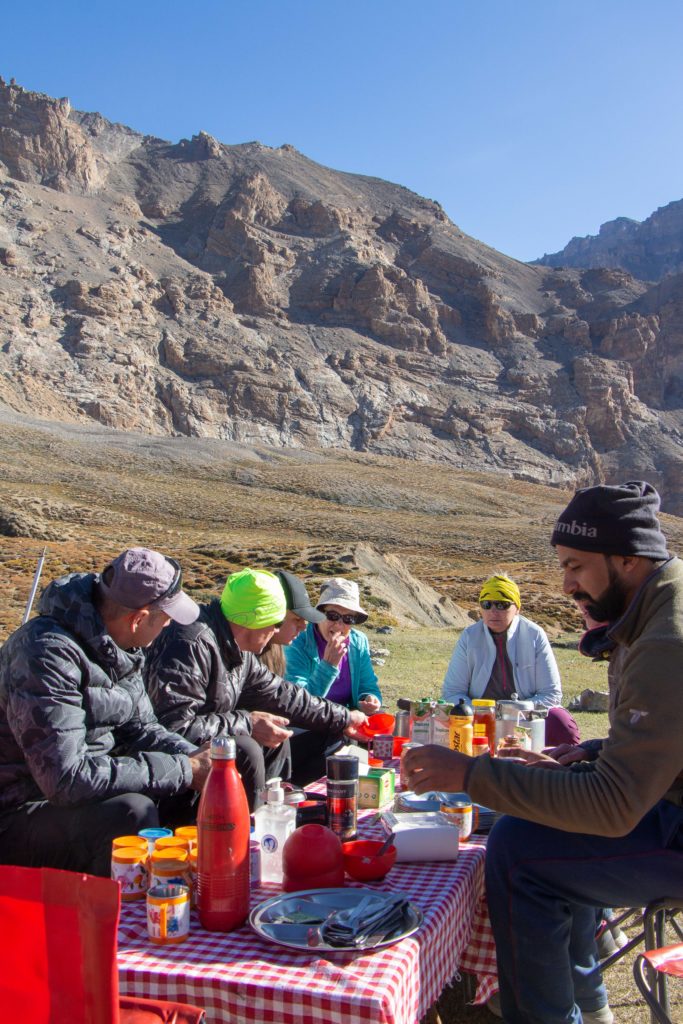
In addition to steamed rice, dal, pulao, our menu can include anything from Chinese food, pasta, pizza, halwa and cakes, to name a few. Besides, we regularly surprise our clients with momos, birthday cakes, samosas and pancakes. The primary focus is to provide adequate nourishment to our clients. Tasty, well-cooked food provides an incentive to eat in high altitude where the natural appetite is significantly reduced. The menu is designed keeping in mind the overall difficulty level of the trek as well as of a particular day and the estimated number of calories burnt during that day.
The cuisine is highly customisable, depending on the preferences of the clients. Our objective is to provide freshly prepared meals that are easy to digest, as higher altitudes put greater demands on the digestive system as well. We also try to chalk out our menu to incorporate a lot of fresh vegetables as well as fruits such as banana and apple, as these supply essential micronutrients needed by the body when subjected to such challenging conditions.
Dynamics of a Diverse Menu
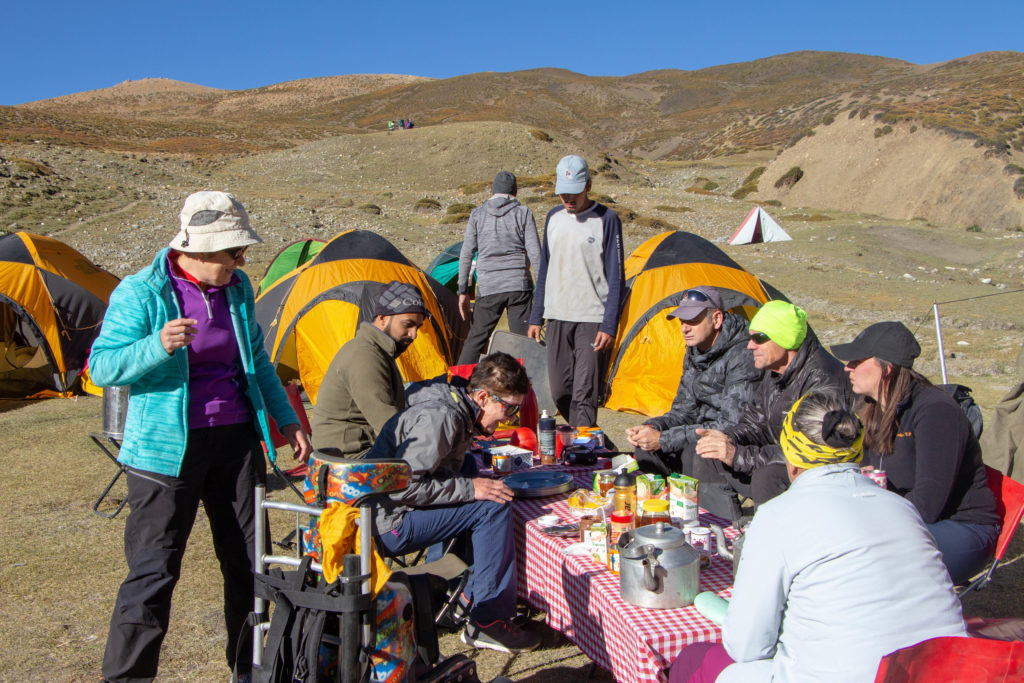
A lot of meticulous planning goes into offering a diverse menu on treks. We need to factor in the limitations on the weight that can be carried, especially high-altitude treks. The survivability of the food, especially fresh produce and perishables like vegetables, has to be accounted for when planning for meals on treks. Quantities of food materials to be carried along have to be carefully planned, factoring in the emergency ration for at least one extra day. The most crucial aspect is hiring the right manpower, experienced in dishing out these meals in the most demanding conditions.
Choice of Meals Uplifts the Quality of the Trek Experience
During treks one is exposed to many new things – long walking hours, cold weather and precipitation, sleeping in a tent with a sleeping bag. Freshly prepared hot, sumptuous meals on treks can make a big difference and help lift spirits.
Trek-Centric Menus
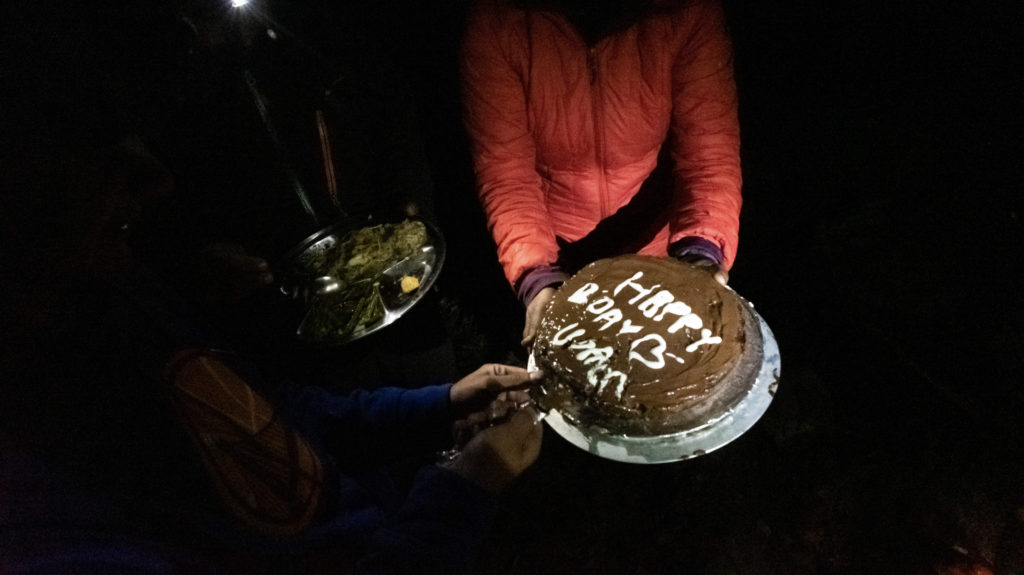
The nature of a trek does influence the menu selection. We have to take into account the weather, temperature, landscape and altitude – and the demands these ambient conditions put on the digestive system – in setting the menu. For instance, we focus on simple carbs for higher altitudes as they are easier to digest. Also, intake of water needs to be regulated in cold weather through meals as well. The cooks we hire highly trained in providing these services at higher altitudes.
Why Do It?
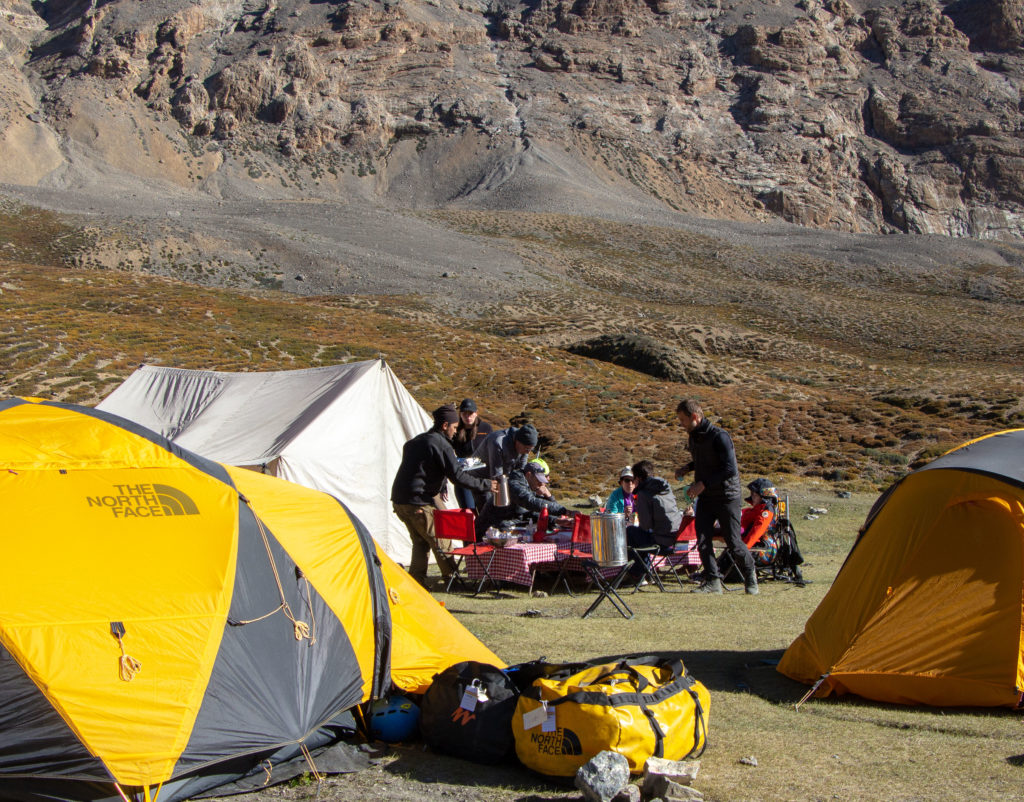
Limiting our reliance on instant/cup noodles and ready to eat meals, which are the norm in the trekking sector, has been a conscious choice. We are prepared to go above and beyond to provide adequate nourishment intrinsic to completing a trek.

